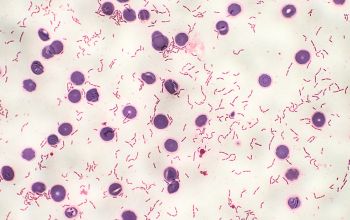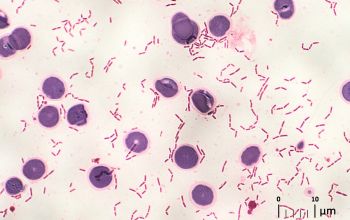Clostridium ramosum (Thomasclavelia ramosa)
-
General information
Taxonomy
Family: Clostridiaceae
Genus: Thomasclavella ramosa
Formely: Clostridium ramosum
Natural habitats
Ubiquitous in nature, being found in the soil and feces from animals and human.
Isolated from infants and adult feces.
They may be found in other parts of the human body.
Clinical significance
The 2 most frequently encountered in wound and abscess materials are C. perfringens and C. ramosum.
Identified from clinical specimens from children, including those with abscesses, peritonitis, bacteremia, and chronic otitis media.
Bacteremia in adults.
-
Gram stain
Gram positive often Gram negative stained rods;
palisading, slender rods 0.5-0.9 x 2.0-12.8 µm,
occuring singly, in pairs or in short chains, often in "V"arrangements, with a "rail fence" appearance, or in irregular masses.
Spores are very rarely seen
Spores round/oval // terminal
Swelling of the cell positive
-
Culture characteristics
-
obligate anaerobic
BBAØ: colonies resemble Bacteroides fragilis but usually have a slightly irregular edge.
Nonhemolytic.
-
-
Characteristics
-
References
James Versalovic et al.(2011) Manual of Clinical Microbiology 10th Edition
Karen C. Carrol et al (2019) Manual of Clinical Microbiology, 12th Edition



